-
One of these days, I really should take a real look at Rust. Had a great conversation with a colleague about the language today and learnt some interesting tidbits, such as Rust being one of the few languages allowed in the Linux kernel (not even C++ can make that claim 😀).
-
From Robb Knight’s most recent blog post:
Why am I making a blog post with the same information as the Reddit thread? The reasons are twofold:
- I’ll probably need to reference this in the future.
- I can’t rely on a random Reddit thread (or two in this case) still existing in a months time, let alone a year or more.
That’s pretty much the same reasons why I repost instructions I found elsewhere here too (with proper attribution, of course). I’d also add that explaining the information yourself helps, just so that you know you know it.
-
TIL that the publishers of Wingspan has published a similar game called Wyrmspan. Similar mechanics except that instead of birds, you’re tasked with building habits for dragons. Looks interesting.
-
I’ve yet to ride the new Metro Tunnel (hopefully this weekend) but I did get a sneak peek of State Library concourse. Looks amazing. Looking forward to seeing the actual platforms.
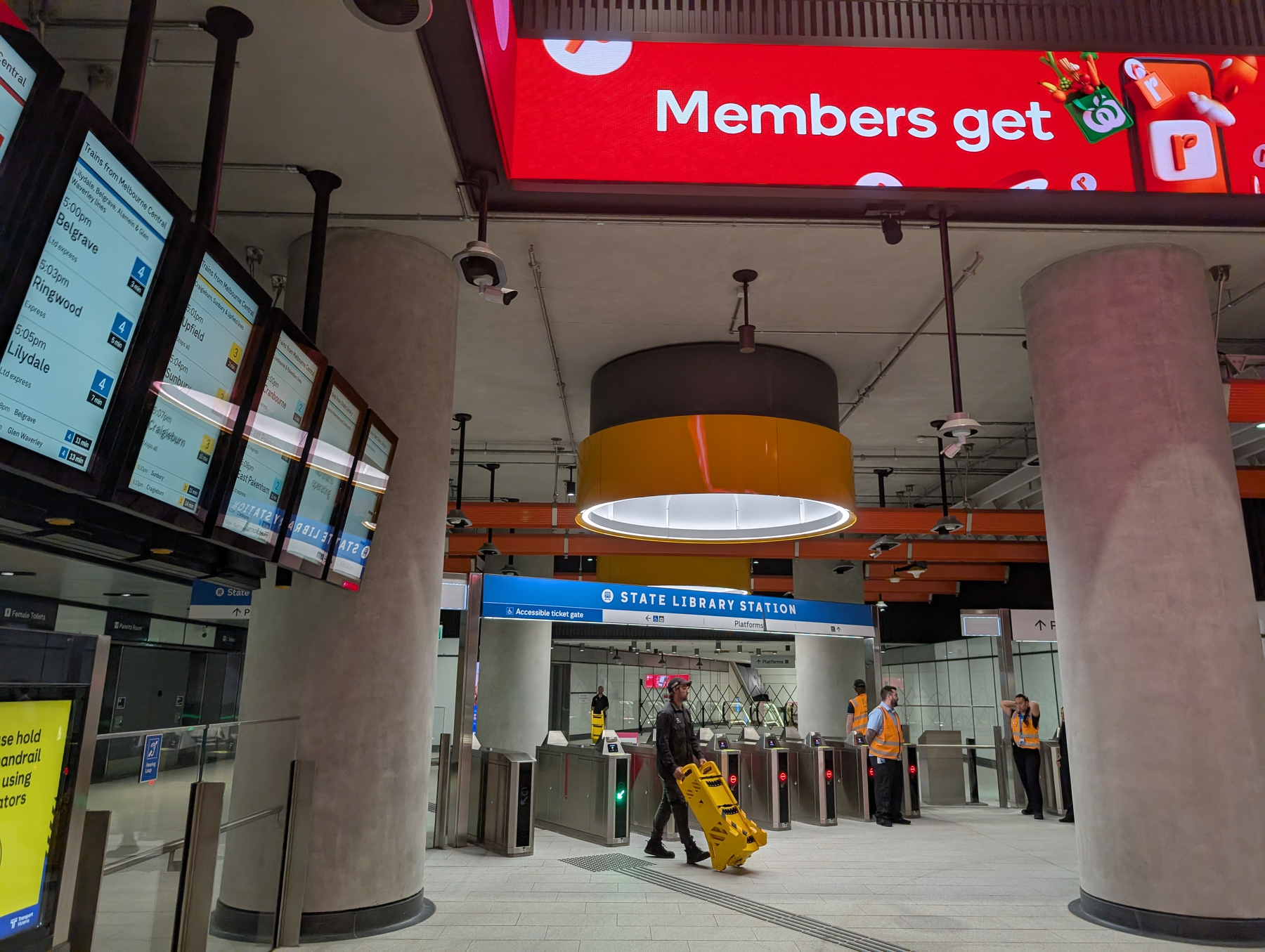
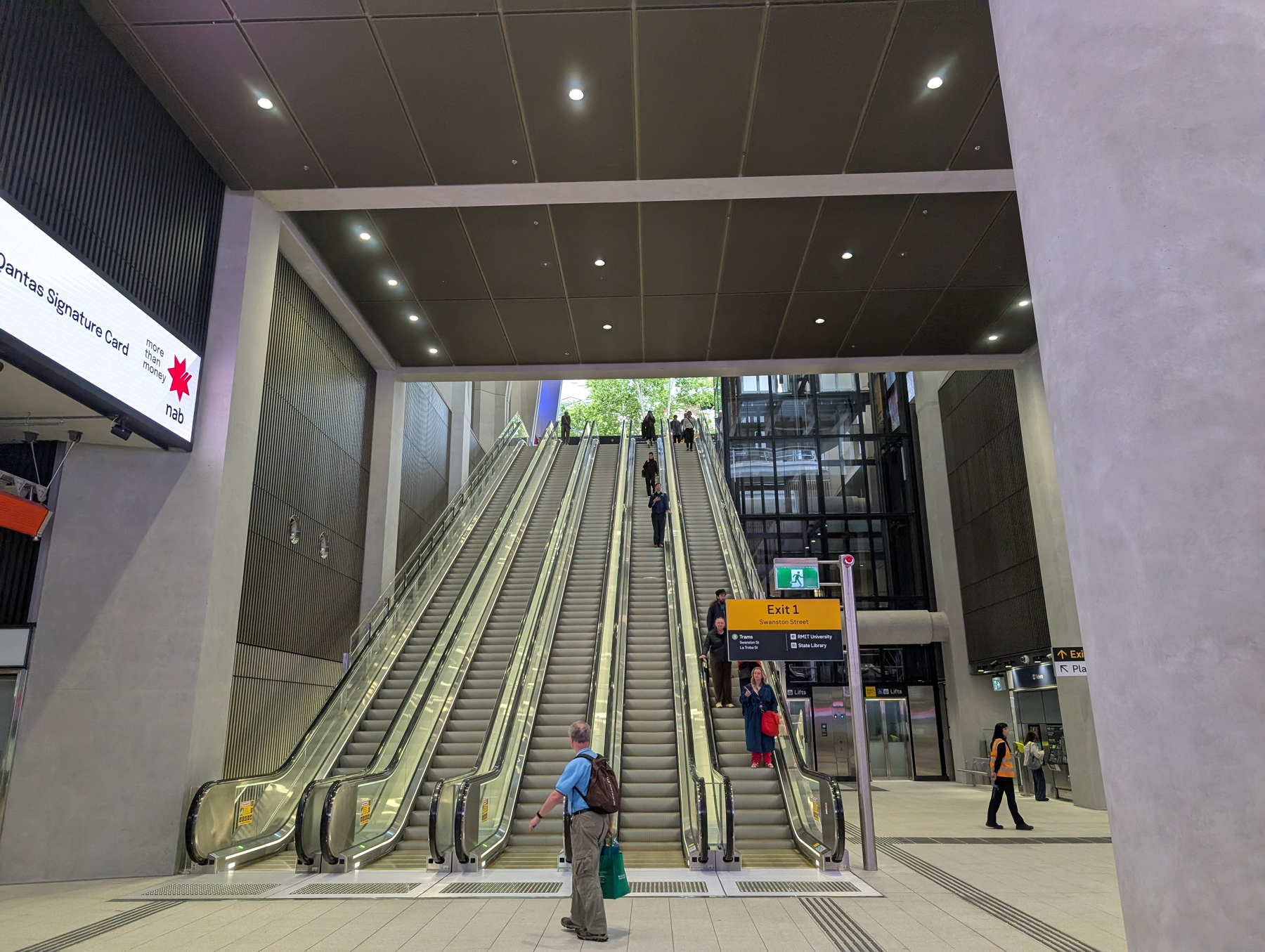
-
All the recent talk about Warner Brothers and Netflix has got me wanting to listen to Paul Simon’s Graceland. Why? Because the vinyl record we had when I was quite young was published by Warner Brothers and had the classic WB logo on the label. I knew how to operate the record player at the time, and it was one of the few albums I put on myself.
-
I wonder which is harder: learning everything there is to know about Kubernetes, or starting a successful business where you don’t need to use Kubernetes.
-
Trying Out Pagefind in Micro.blog
Setting up Pagefind in Micro.blog and some early thoughts using it. Continue reading →
-
Devlog: Godot Project - Level 3-2 And Bobbing Water
After some distractions, progress on a Godot game level is underway, focusing on design elements like a generator sprite and a dynamic water mechanic. Continue reading →
-
Pro tip: success in writing partly includes knowing your audience. Even if it’s an audience of just one (yourself) but especially if you know it’s for an audience of others. Some empathy in seeing how they’ll interpret your writing will go a long way.
-
From the bridge.
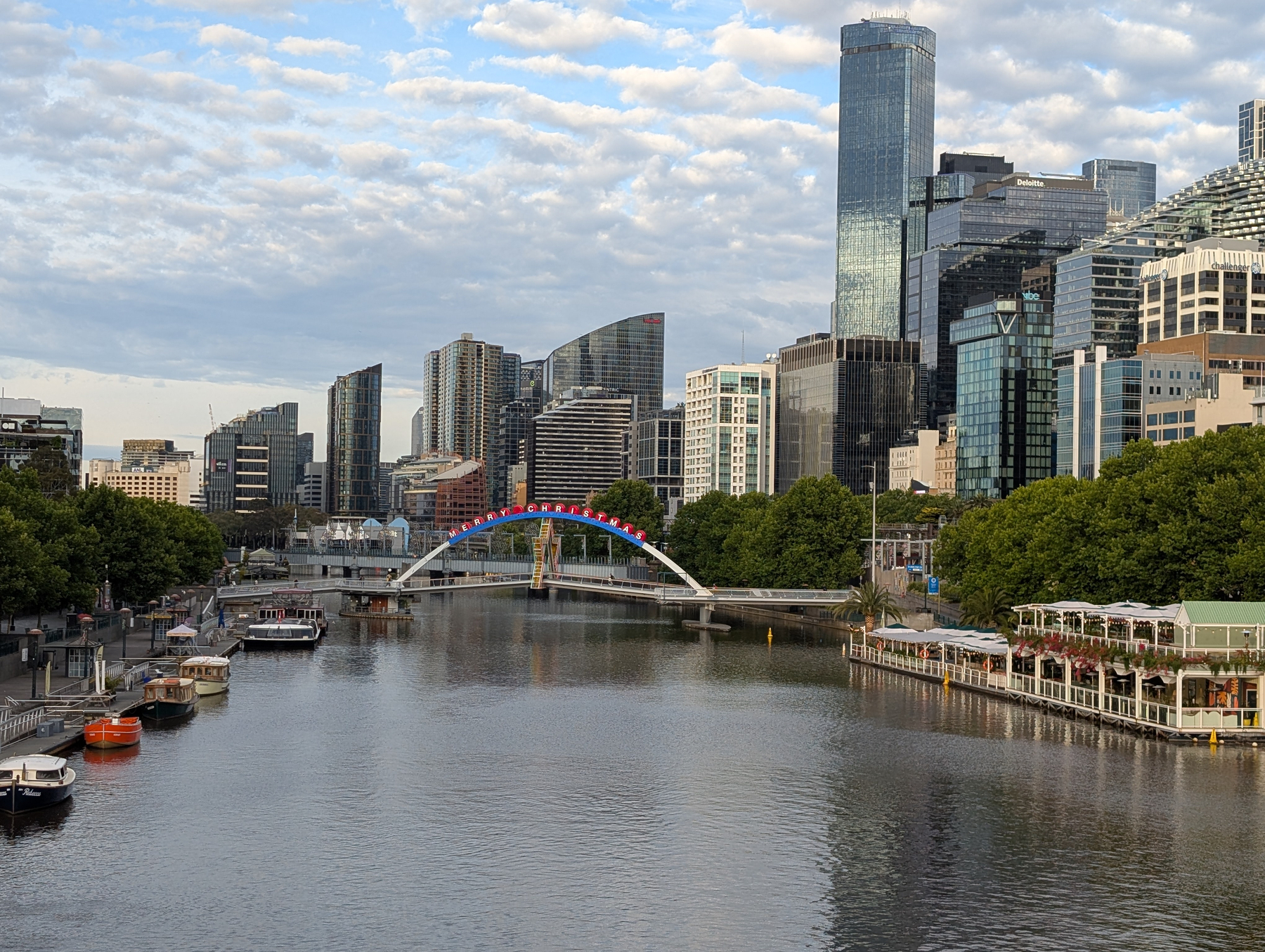
-
The view from Violet Town.
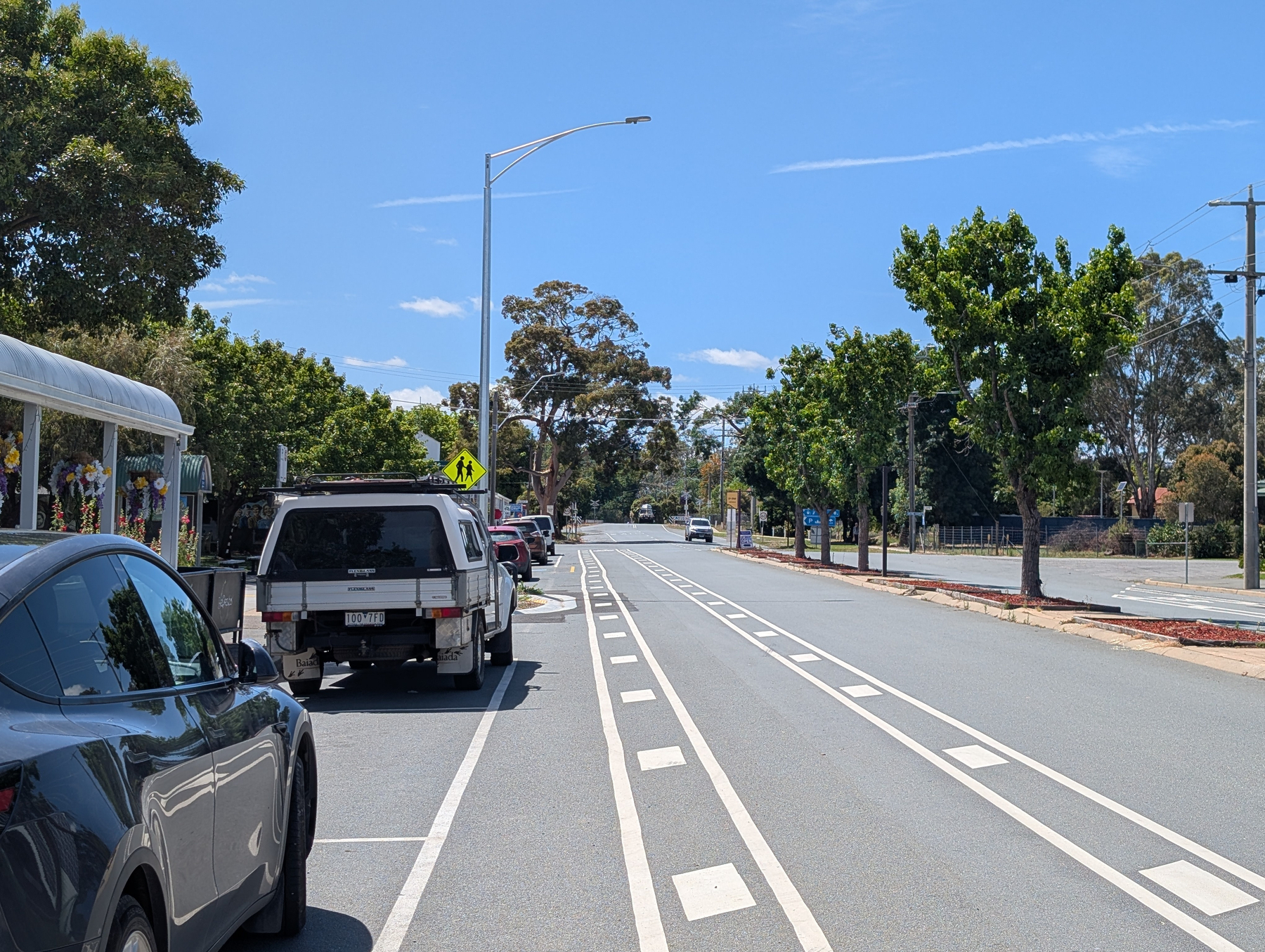
-
Table legs: the natural enemy of knees everywhere. 😫
-
Dug out my Flutter RSS reader project and worked on it a bit today. The good news is that the release build doesn’t have the janky scrolling, so using Flutter is viable. The bad news is that there’s so much more work to go to make this anywhere near usable as a replacement for Feedbin’s PWA.
-
If I ever built an RSS reader, I can guarantee you that you’ll be able to follow my progress… on my RSS reader! 😛
(Although probably not because it’d like be a slow, buggy mess that’ll see no work for a full year).
-
It seems like my Autumnal cravings have shifted into early Summer.

-
“Get out more” goal for December achieved. ✅
Ending the year much like how it began: with a work event. This time it was the office Christmas party.
-
I keep forgetting that Mastodon offers a way to follow posters via RSS. Gives me an opportunity to follow those that post way to frequently for my liking to follow them in Micro.blog. Strips out replies too, which don’t interest me, although I do loose the boosts (and maybe quote posts too?).
-
Good to hear that Stephen Lemay, a software developer, is taking over software design from Alan Dye at Apple. Having someone who knows how to use
git revertmight be useful. 😛 -
🕹️ Downpour: A Proper Cup of Tea
I find this delightful.
-
When it comes to reading social cues, I am the absolute worst. If you need me to know something, please don’t be subtle. You really need to bash me over the head with it.
-
Kind of nice to see that my heater and winter jacket is still getting some use on this lovely, supposedly summer evening.
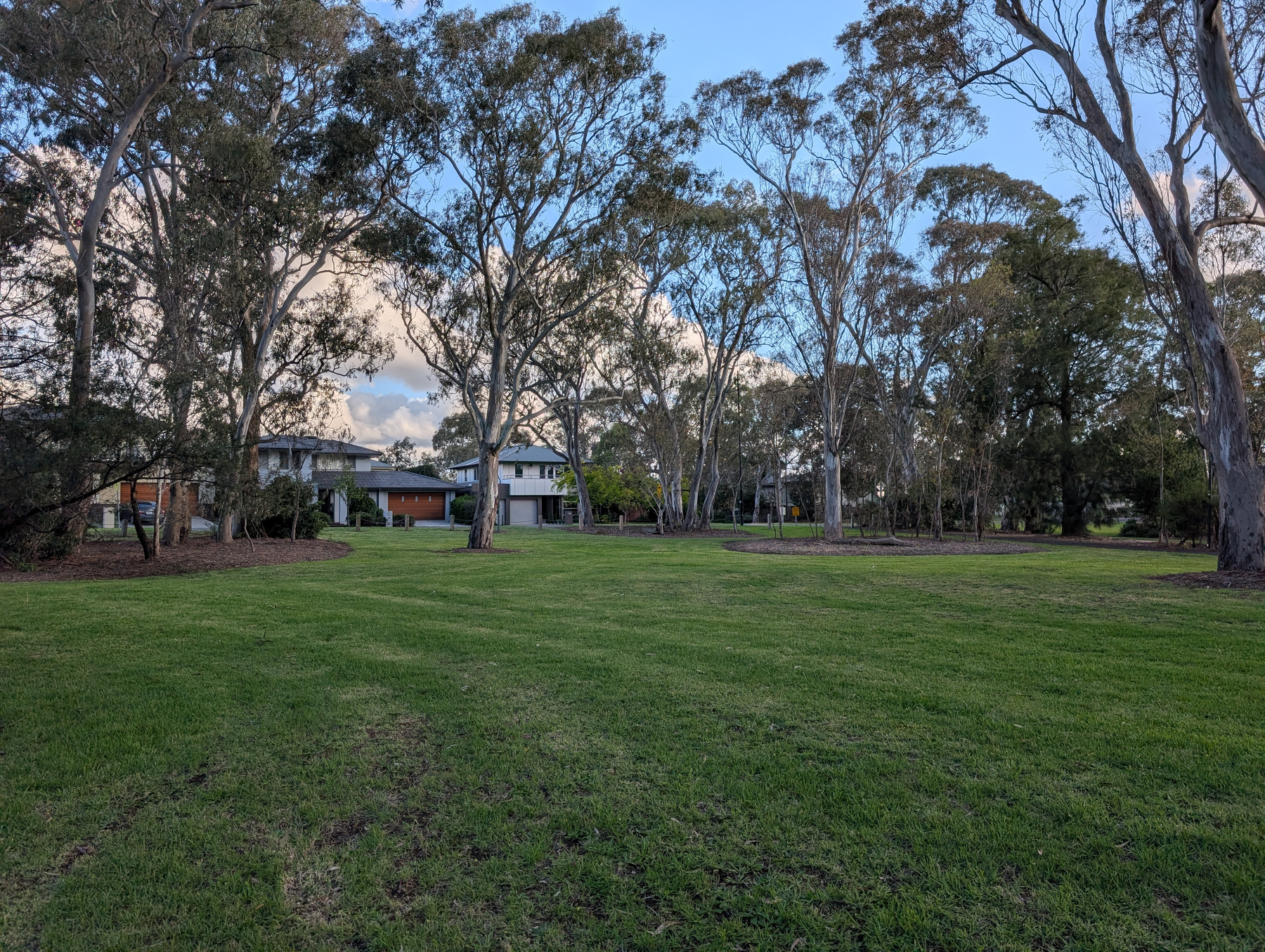
-
AWS should deprecate JSON and YAML CloudFormation templates and lean into CDK. As long as support for these formats continue, people will keep using them, and I’m left jumping through hoops doing things in these formats that would be trivial to do in a proper Turing-complete language.
-
Quite a shock to think about how fast 11 months have gone. I remember putting this tree away, putting the tape on and thinking “this will be difficult to untape without ripping the box.” Well, I’m faced with that challenge now.
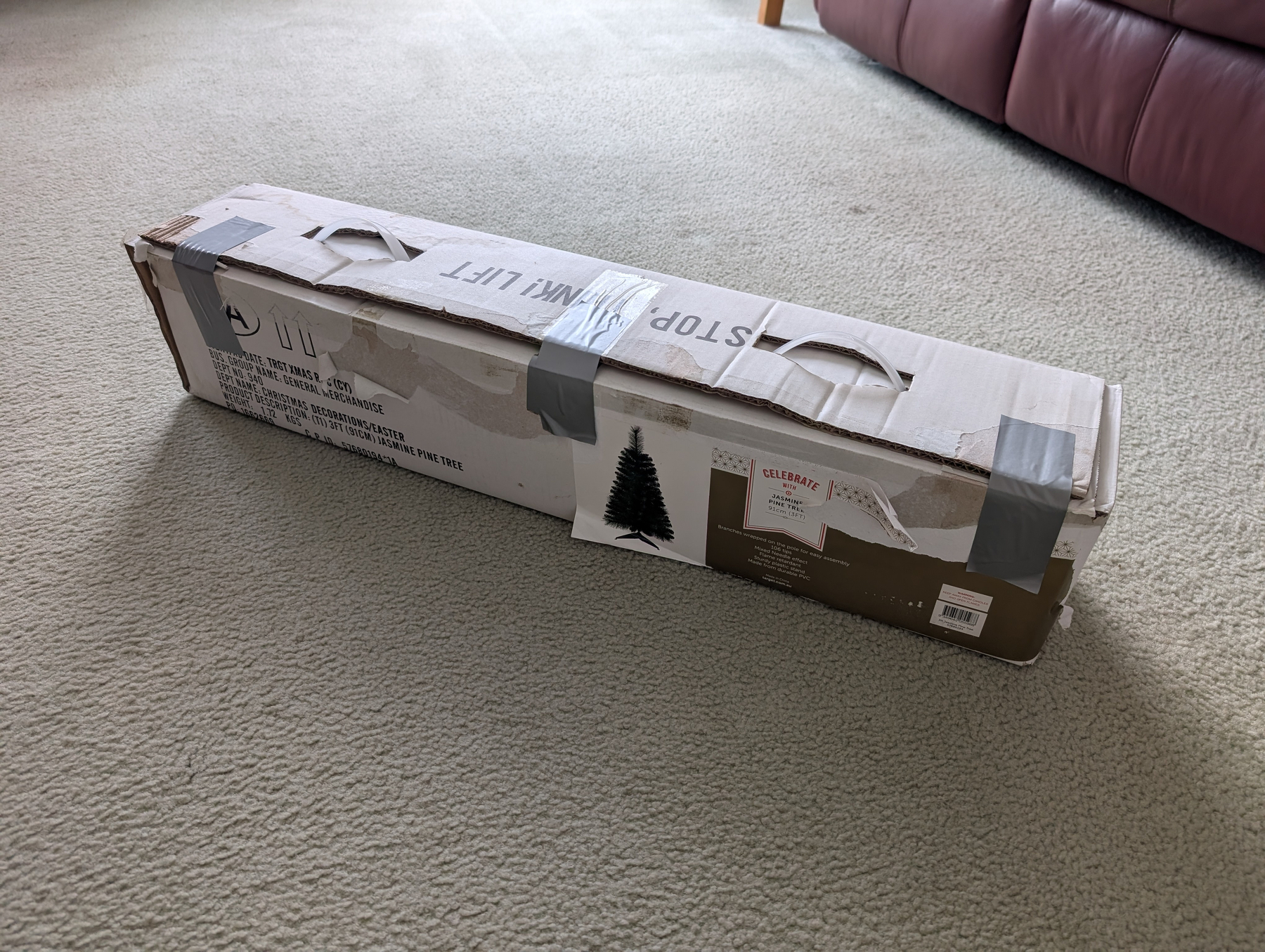
-
Laughed out loud when I heard this as my experience with Stripe's API has been quite different. Stripe does quite well with keeping support for old versions of their API, but they're not afraid of making backwards-incompatible changes between versions. We encountered quite a few of these last time we were updating the SDK, and while I was going through their API docs a few weeks ago, I saw quite a few more that we'll need to make next go-around. I wouldn't call that "low needs" myself.
-
Burning my 1,000th post of the year on the sad state of desktop monitors. I had a brief look at what’s available today, and I hope you like curves or the 16:9 aspect ratio (or narrower) because that’s much of what’s out there. Despite what I hear about the LG Ultra Fine from podcasters, it’s probably the best monitor I’ve used.